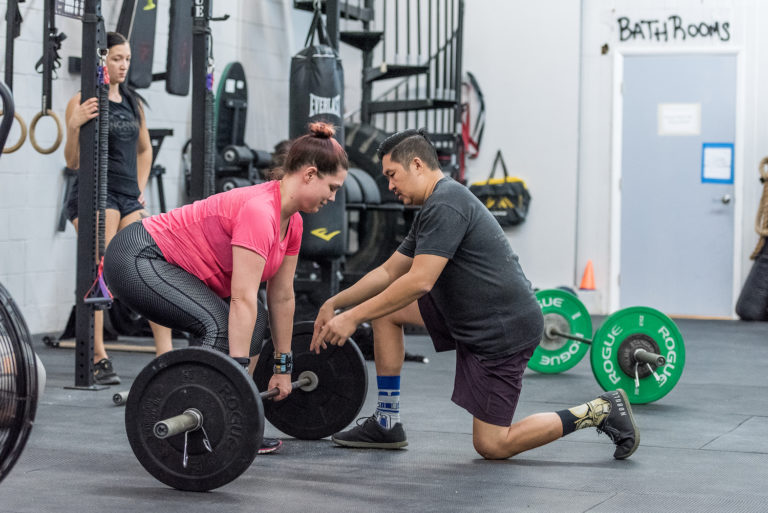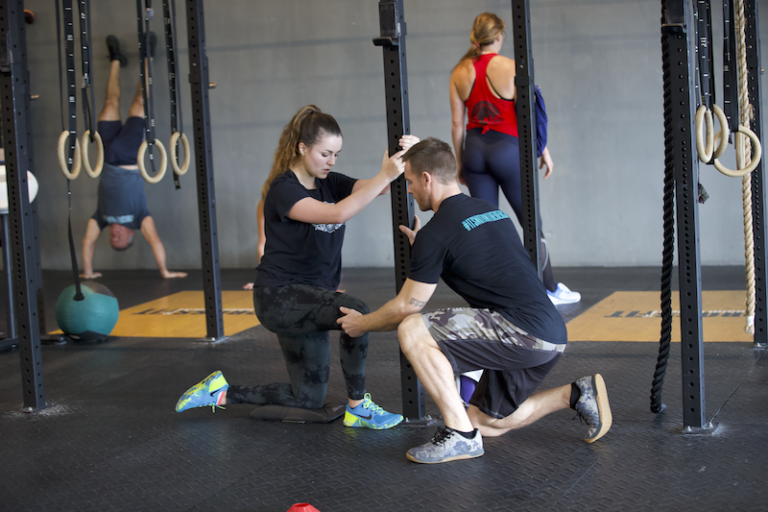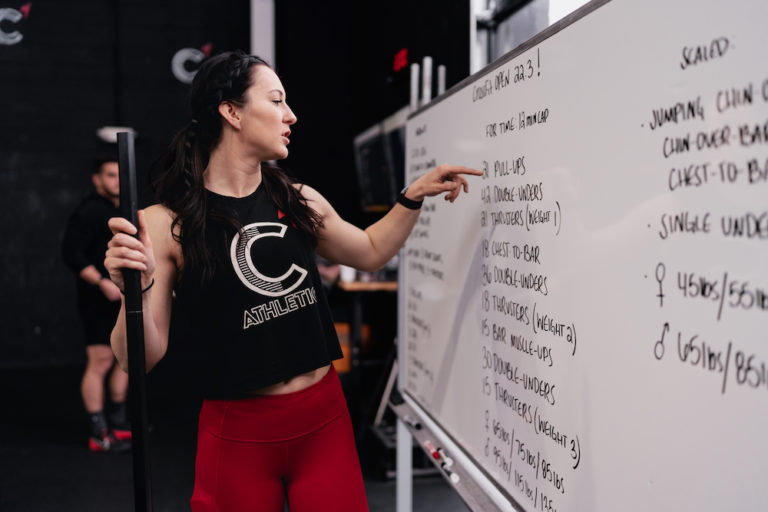“It is more fun to talk with someone who doesn’t use long, difficult words but rather short, easy words like ‘What about lunch?’” ― A. A. Milne, Winnie the Pooh
Among cartoon bears, Winnie the Pooh would for sure have made the best CrossFit trainer.
Sure, he would have needed to modify his diet a little bit (honey is great, but a fit bear cannot function on honey alone), and he would have had to invest in some pants. But Winnie-the-Pooh naturally understood one of the things all good trainers do: Short, easy words are better than long, difficult ones.
What’s the best cue to cure a particular movement fault? Experienced trainers all know the answer: The best cue is the one that works. And the one that works might be different for each athlete, which is why the best trainers have a deep bag of cues — verbal, visual, and tactile — they can reach into when the need arises.

But all the cues in the world won’t be worth much if the trainer isn’t effective in delivering them. It’s a natural tendency for coaches to use too many words and overly complex jargon when verbally cueing an athlete. On overhead-squat day, a well-meaning coach might tell an athlete to externally rotate their shoulders (I am often guilty of this) when they should have just said, “Make your armpits face the front of the room.”
One of my favorite sayings is “more isn’t better, better is better,” because it’s applicable in so many situations. When training, more work isn’t better. Better work is better. When coaching, more words aren’t better; better words are better. As we know from the Level 1 Training Guide, “short, specific, and actionable cues — ‘push the hips back’ — tend to result in a greater success rate.”
What’s the best way to build your arsenal of simple and effective cues?

 Becoming a better coach is about dedicating yourself to repeating this learn-test-refine process over and over again. It’s about never being satisfied with what you currently know. Great coaches are endlessly curious and are always on the hunt for new tools they can add to their toolbox so they can do a better job helping their clients be fitter humans.
Becoming a better coach is about dedicating yourself to repeating this learn-test-refine process over and over again. It’s about never being satisfied with what you currently know. Great coaches are endlessly curious and are always on the hunt for new tools they can add to their toolbox so they can do a better job helping their clients be fitter humans.